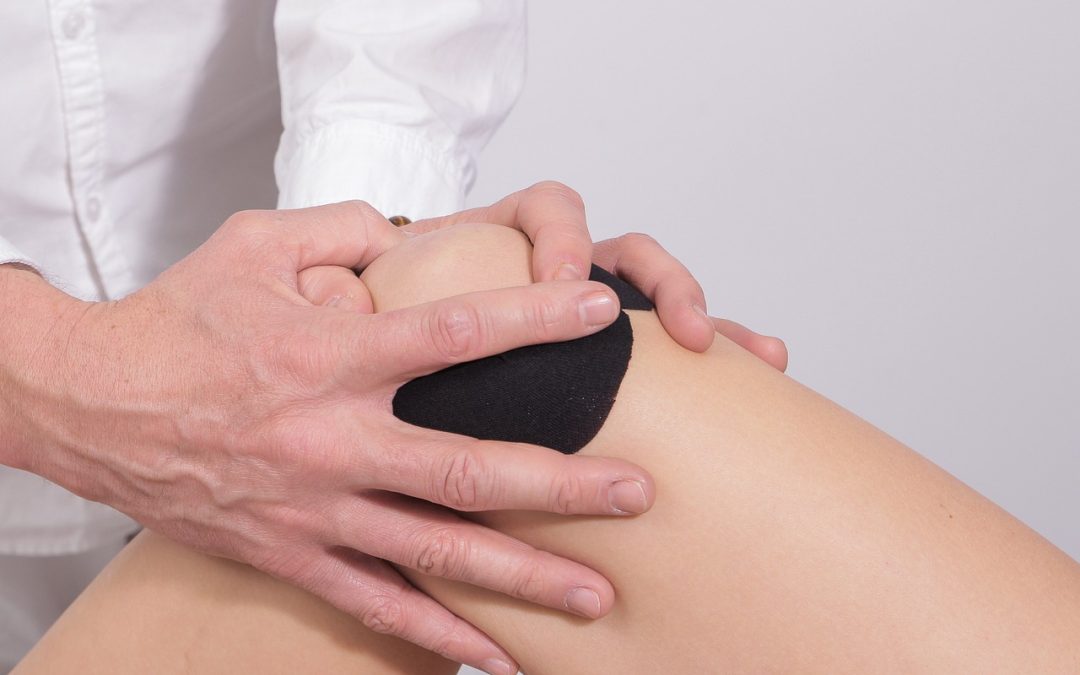Peroneal nerve injuries otherwise known as a peroneal neuropathy fall under the umbrella term of a peripheral neuropathy. This nerve is a branch of the sciatic nerve and provides sensation and motor control to the muscles and skin of the lower leg, ankle and foot. The peroneal nerve is responsible for controlling the muscles that allow us to extend our toes and lift our foot. It also provides sensation to the top of the foot and the outer part of the lower leg.
Peroneal neuropathy can occur due to several reasons such as trauma, prolonged compression or certain medical conditions. The most common cause of peroneal neuropathy is trauma, this can happen during activities like skiing, running, or hiking. A sprained ankle or fracture of the fibula bone can cause damage to the peroneal nerve.
Prolonged compression or trauma to the nerve is not the only problem that can occur to give this type of presentation, more serious pathological reasons could include conditions like diabetes, lupus or Guillain- Barre syndrome. In these cases a demyelination of the peroneal nerve and other peripheral nerves can occur.
Symptoms of peroneal nerve injury can vary depending on the severity and location of the injury. Common symptoms include pain, numbness, tingling, weakness or a foot drop. A foot drop condition is one where the foot cannot be lifted properly. Patients with peroneal nerve injury may have difficulty walking and may experience instability while standing and walking.
Diagnosis of peroneal neuropathy involves a physical examination, medical history review and diagnostic tests such as an electromyogram (EMG) or nerve conduction studies. These tests can help to determine the extent and location of the nerve damage.
Treatment of the peroneal nerve injury depends on the underlying cause and severity of the injury. In most cases, non-surgical approaches such as physical therapy/ manual therapy such as Osteopathy, Physiotherapy or Chiropractic can be used to manage the condition. Other methods such as anti-inflammatory medications and the use of orthotics to support the foot and ankle can be effective in managing peroneal nerve injuries. For more serious examples of this condition surgery may be necessary to repair the damaged nerve.
Osteopathy can help to restore the strength in the muscle and improve mobility. Specific exercises and stretches can help to improve the function of the affected muscles and reduce the risk of falls or other complications. Other treatments can be beneficial towards desensitising the nerve such as soft tissue massage and neurodynamic / nerve flossing. These treatments can help to reduce pain, inflammation, improve circulation and promote the bodies natural healing response.
When surgery is necessary is severe cases. Surgical options can include nerve decompression, where the nerve is released from any compression, or nerve repair, where the damaged nerve is repaired or replaced.
Consult Your GP or a Neurologist
It is important to note that while osteopathy can be effective in managing peroneal neuropathy. It is advised that a patient presenting with symptoms that may look like peroneal neuropathy consult a GP or neurologist in order to have further testing to ensure that an accurate diagnostic procedure is performed via EMG and nerve conduction test. As well having blood glucose levels being checked to ensure that there is not a more sinister reason for this type of nerve pain.

